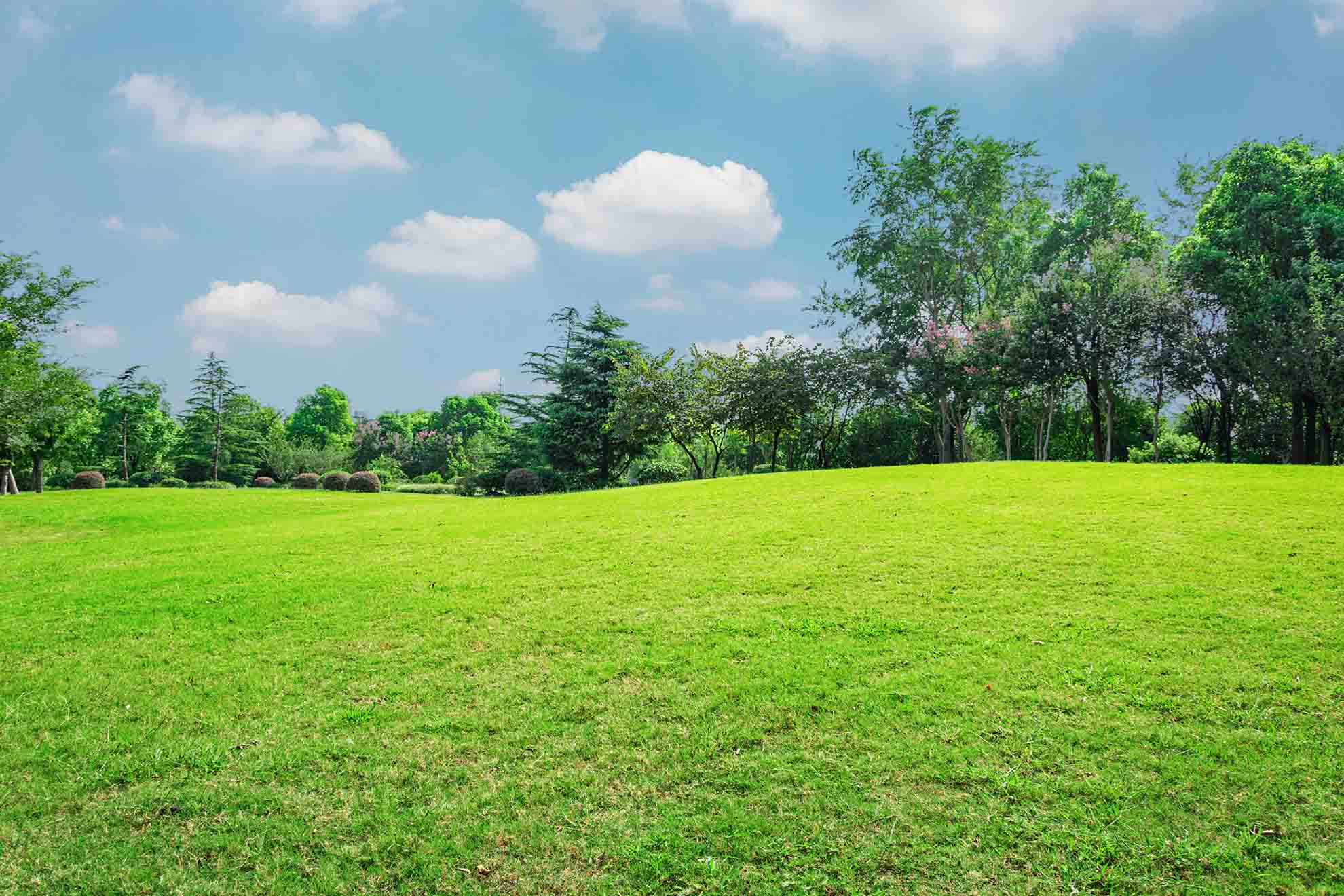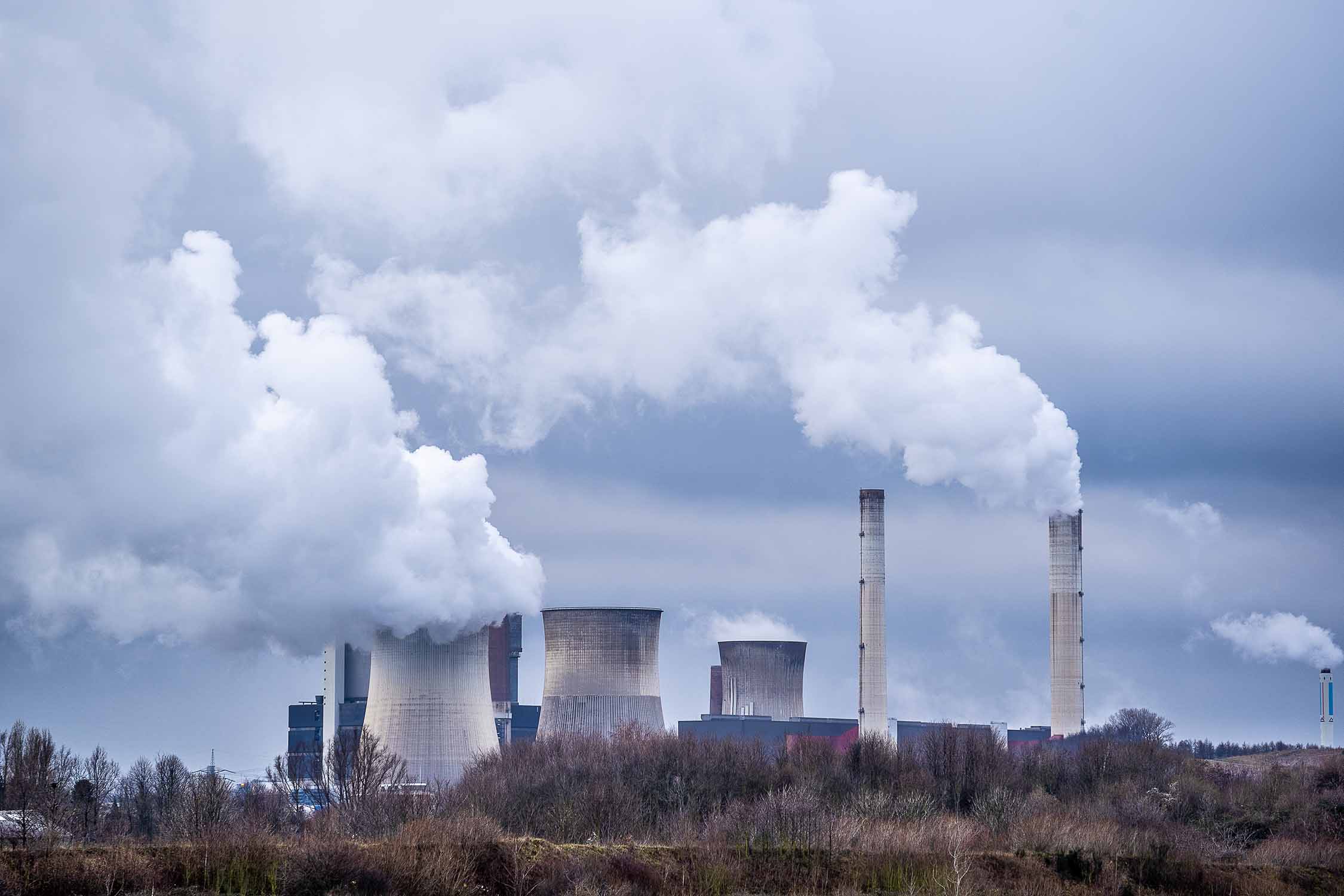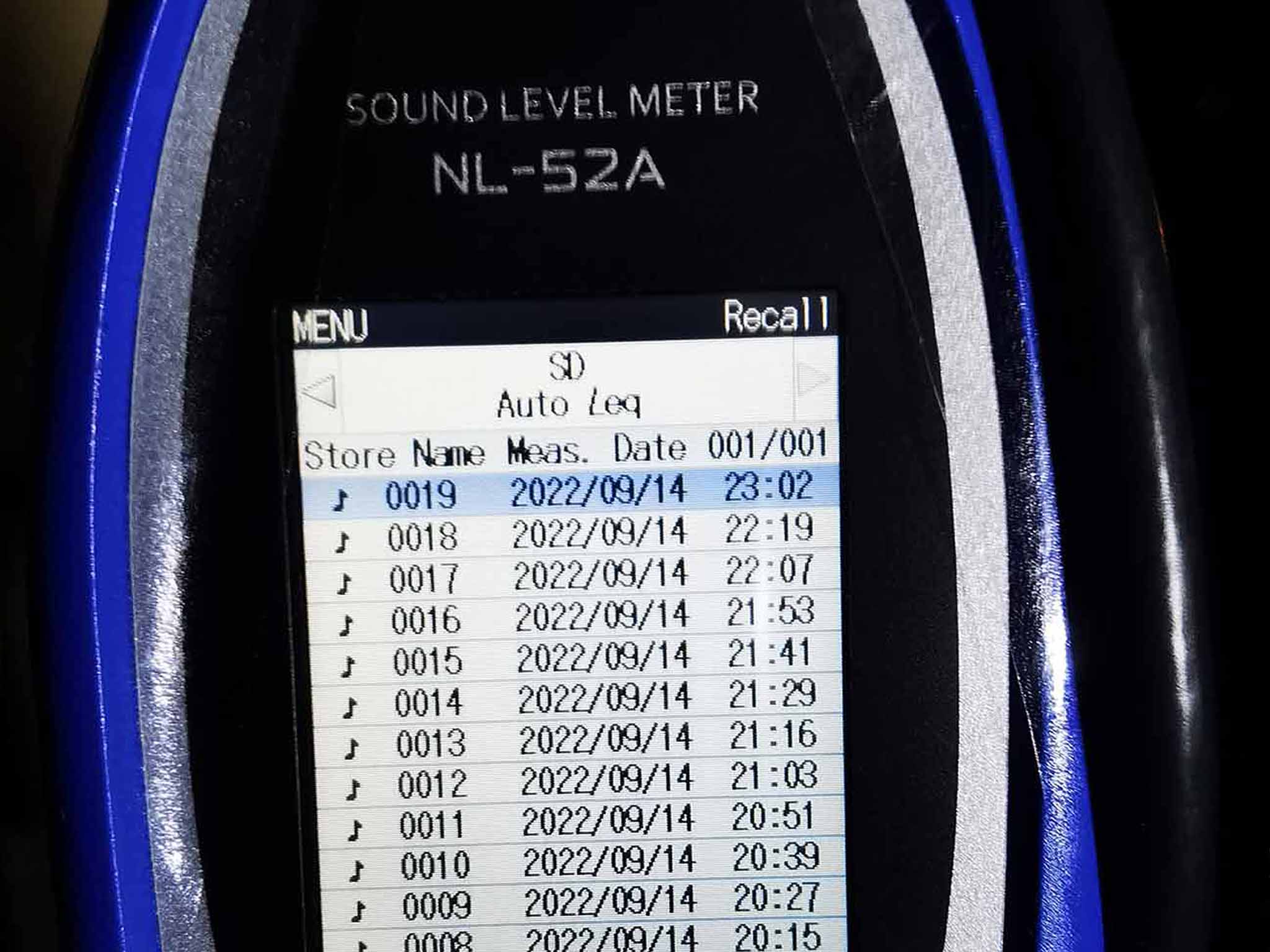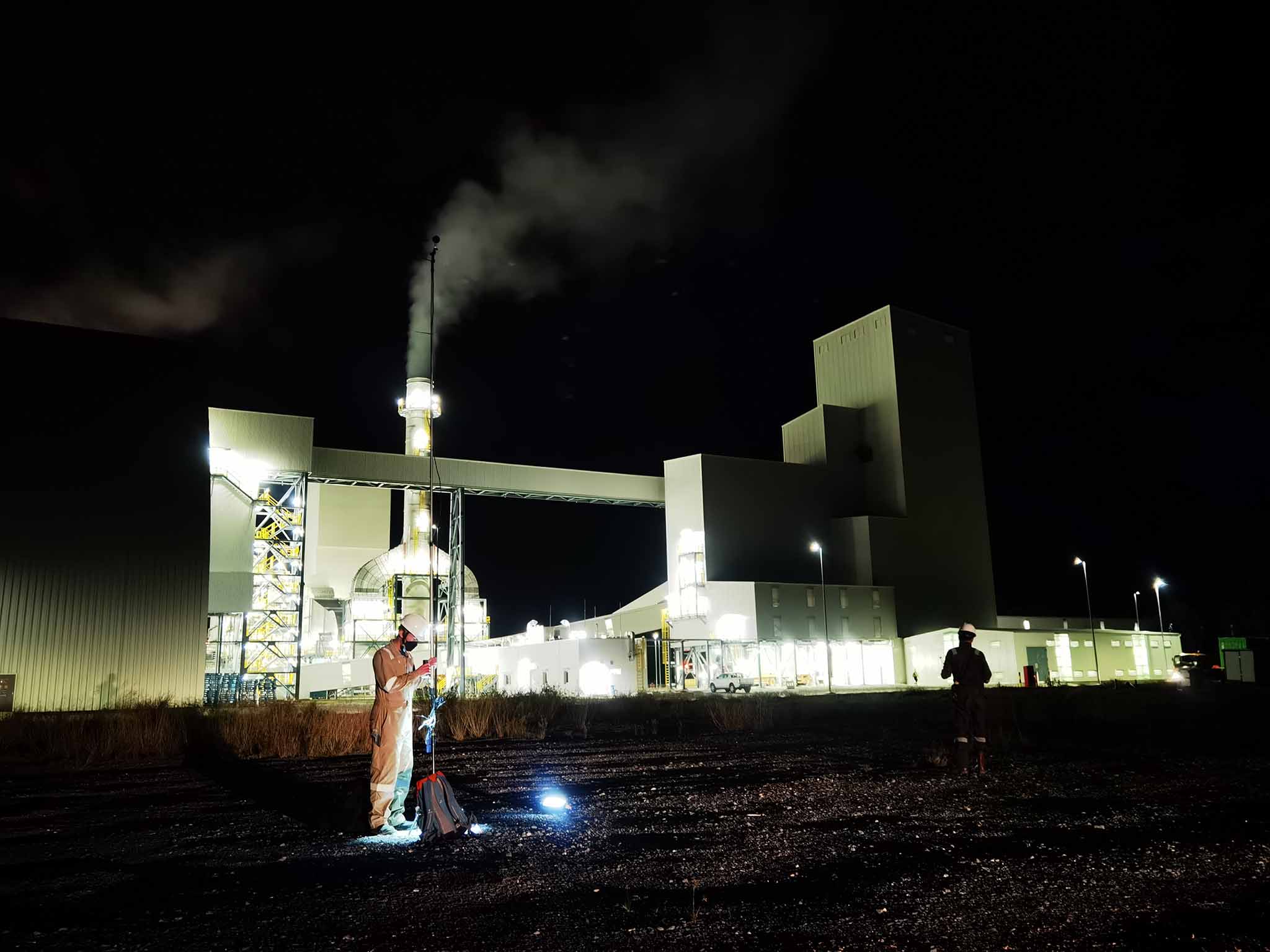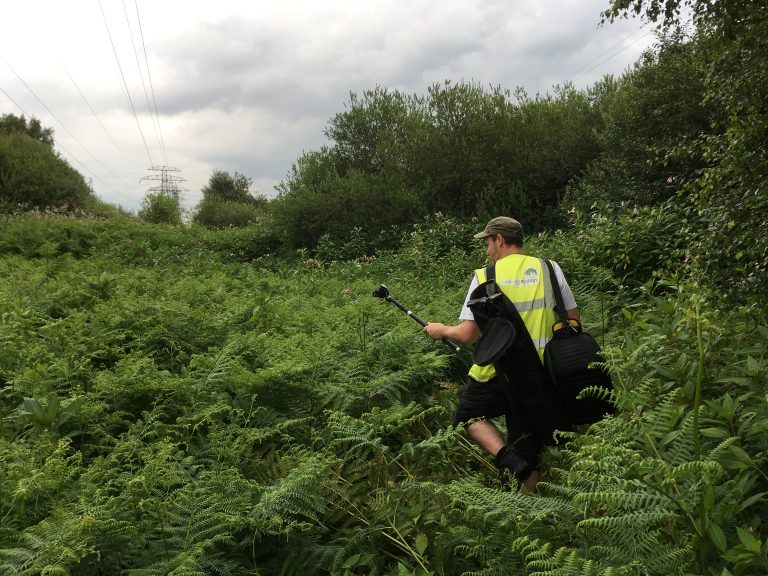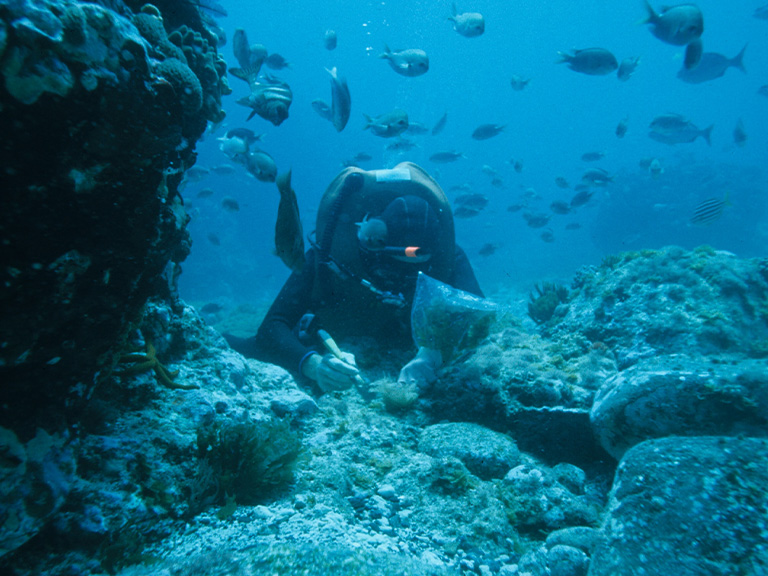Noise Level
Industrial Noise Emissions
Ambient Noise Level
Water Quality
Surface Water Ground Water
Marine Water Waste Water
Air Quality
Ambient Air Indoor Air
Stack Emisssion
Flora and Fauna
Terresterial Environment
Marine Environment
Soil and Sediment Quality
Land Environment
Marine Environment
Water Quality
Water quality monitoring is performed by PPI with the purpose of ensuring the Client’s compliance with local and international environment regulations and standards to meet their respective project goals. The water quality can be measured in-situ or collected and analysed by an accredited laboratory.
Air Quality
Noise Level
Soil and Sediment Quality
Soil and sediment sampling can be undertaken to determine the physical (e.g. composition, grain size, etc.), chemical (e.g. metal contents, etc.), and biological characteristics (e.g. macrobenthic invertebrates, etc.) which may present the baseline conditions of the environment. Additionally, potential contaminations can be identified through monitoring of the soil whereby appropriate remediation strategies can be established accordingly.






